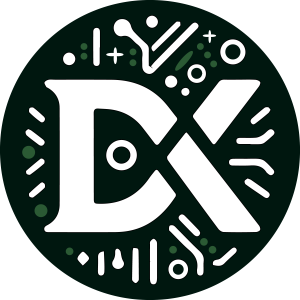Welcome to the Digital Transformathon!
Below are video links representing the views and subject matter expertise of the hackathon problem sponsors. Challenge sponsors are the real world organizations that face the problems/opportunities this hackathon is looking to solve for.
Please pay attention to the needs, pain points, perspective, etc of the challenge sponsors. Whether your team addresses challenge sponsor will be taken into account when assessing the winning teams.
The videos are separated into 2 categories:
- Problem Overview: The sponsors (e.g. City of San Luis Obispo, City of Seattle, and UC Davis) describe the nature of the problem being solved, why it needs to be solved, and what a good solution might look like.
- Technical Deep Dive: The sponsors describe what a good starting point for technical approaches might be, what data types will be important, etc. DX Hub Mentors describe the data that has been staged and the tooling that is available.
****************************************************************************
****************************************************************************
** Content Warning: The following video contains discussions about patterns of criminal activity. While details are not graphic in nature, please be aware that the topic of crime is addressed throughout the video. If you find this subject matter challenging or upsetting, you may wish to refrain from viewing the content or review it with appropriate support. Students who feel they need to excuse themselves from this portion of the coursework should contact the instructor to discuss alternative learning arrangements.**
Emergency Response and Public Safety Overview
Emergency Response and Public Safety Technical
****************************************************************************
Health Misinformation Overview #1
Health Misinformation Overview #2 (optional/additional)
Health Misinformation Technical
****************************************************************************
ETHICS AND CYBER CAPTAINS Here are the ethics and cybersecurity rubrics that teams will be required to address during the course of the hackathon using the context of the solution you are developing:
FULL TEAM Here is the final judging criteria/rubric for deciding winners. Notice that ethics/cybersecurity considerations are heavily weighted.

Resources
Agents for Bedrock – Enable generative AI applications to execute multistep tasks across different data sources.
Bedrock Sample Code – Amazon Bedrock Runtime code examples for the SDK for Python
Vector Embeddings – Amazon Aurora PostgreSQL-Compatible Edition supports the pgvector extension to store embeddings from machine learning (ML) models in your database and to perform efficient similarity searches. Embeddings are numerical representations (vectors) created from generative AI that capture the semantic meaning of text or images input into a large language model (LLM).
Winning Teams
#1 : Civic Search
The Problem
After hearing the challenges faced by SLO City staff members, we identified a significant issue with the current file system used for addressing public records requests. It is dense and disorganized, resulting in inefficiencies and wild goose chases to find pertinent files. Our proposed solution is a user-friendly web application that empowers city staff to quickly search for public record information and receive a digestible output of relevant documents with a title, file location, and a brief content summary.
Furthermore, we discovered that public record information is scattered across various platforms, including network drives, physical documents, and online archives. To address this, our solution includes an upload tool that city clerks could utilize to centralize files within our application and facilitate easier access and management. Additionally, we ensured our solution factored in ethics and cybersecurity considerations every step of the way.
The Technical Approach
San Luis Obispo city clerks currently use Laserfiche to store files in the cloud. We transferred a sample of files from Laserfiche to Amazon S3 buckets and utilized Amazon Bedrock to analyze the plain text in these documents and create vector embeddings. Using a vector engine enables high scalability and efficiency since we can add, update, and delete embeddings in real-time, and store and search billions of embeddings in seconds.
Our upload tool seamlessly integrates new files into the system by directly loading them into S3 buckets.
#2 : Surprise
Team Members
Adam Jun Ta
Belal Elshenety
Matthew Chak
Sophia Peckner
Muzart Tuman
Alon David Evron
#3 : Fact Forge
Team Members
Colin Michael McDonald
Jordan Costa
Kannan Jain
Kylan Andrew O’Connor
Samuel Solano
Noah Edwards Cain
